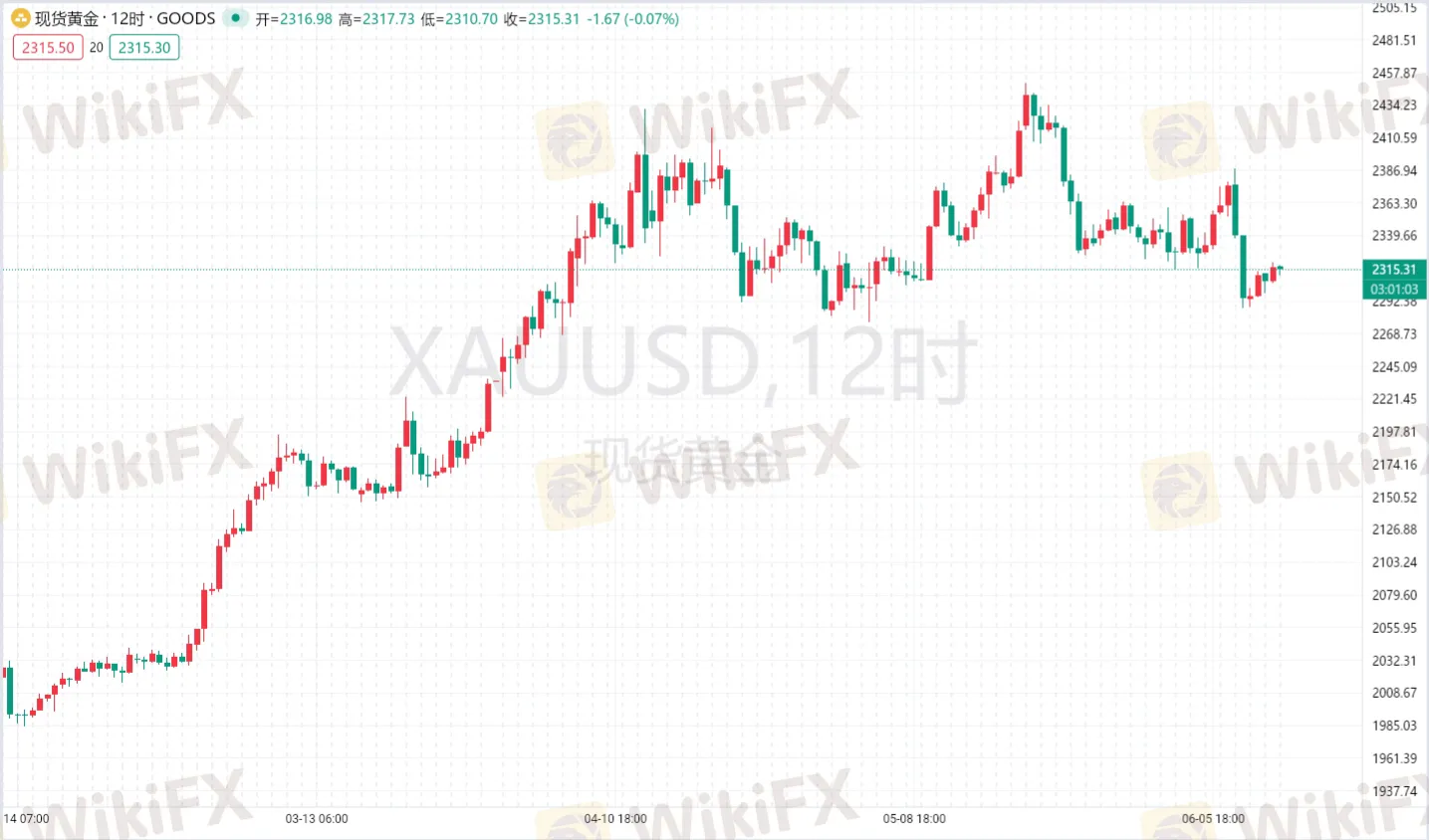【MACRO Insight】Facing the dual risks of 'CPI + Fed,' is the market ready?
Sommario:Ahead of Wednesday's dual risks event of 'CPI + Fed,' traders are reducing their bets on a rise in U.S. Treasuries. Market data indicates the Fed may maintain high rates for a longer period, contrary to the previous expectation of an easing cycle. Since the release of non-farm payroll data last Friday, open interest in 10-year Treasury futures has decreased by about 80,000 contracts, reflecting traders unwinding bullish bets.
Ahead of Wednesday's dual risks event of 'CPI + Fed,' traders are reducing their bets on a rise in U.S. Treasuries. Market data indicates the Fed may maintain high rates for a longer period, contrary to the previous expectation of an easing cycle. Since the release of non-farm payroll data last Friday, open interest in 10-year Treasury futures has decreased by about 80,000 contracts, reflecting traders unwinding bullish bets.

CPI inflation data and the Fed‘s interest rate decisions will reset market expectations, while the Fed’s quarterly economic and rate forecasts updates could have a significant impact on the market. Many asset management companies have reduced their betting sizes due to the uncertainty surrounding the timing and magnitude of Fed rate cuts. In the spot Treasury market, investorsnet long positions have fallen to the lowest level in two months, with the 10-year Treasury yield rising as traders reduce their bets on Treasury futures.
Market expectations for the U.S. CPI inflation report and Fed policy decisions are expected to push the dollar to new highs for the year. Bloomberg‘s dollar spot index has been rising continuously, supported by U.S. job growth and political turmoil in Europe. Analysts expect the CPI and FOMC resolutions to be bullish for the dollar. Economists predict that the May CPI growth rate will slow down, but the core CPI will remain resilient, well above the Fed’s 2% target. This may inspire policymakers, but achieving the inflation target will still take time.
If the CPI data is lower than expected, it could advance expectations of Fed rate cuts, benefiting the stock market and weighing on the dollar. Conversely, strong data could trigger discussions of interest rate hikes. The Feds quarterly interest rate forecasts and SEP updates will be the focus of the market. U.S. Bank Securities expects the Fed to adjust its outlook, forecasting two rate cuts this year, possibly starting in September. Deutsche Bank believes officials may revise down the number of rate cuts for the year from a median of three to two.

This reflects the tension between inflation running above target and slowing growth. Predictably, the Treasury market remains in a broad yield range, with each data point being a high-volatility event. Both the market and Fed officials are awaiting clear signs of sustained inflation decline before betting on rate cuts again. He expects the dot plot to possibly reduce rate cuts to two, but does not rule out the possibility of no cuts in 2024. In the options market, traders are even starting to bet that high rates will continue until early 2026.
The upcoming CPI report and Fed FOMC decision also have implications for the gold market. Despite China halting its gold buying plans and uncertain Fed policy prospects, gold prices remain stable. Gold has risen 12% this year, but recently consolidated after hitting resistance at $2400, and if it breaks below the key support level of $2275, it could confirm a bearish trend. The announcement by the People's Bank of China to halt increasing gold reserves, coupled with reduced expectations of a September rate cut by the Fed, has put pressure on gold prices. Market sentiment is weak, awaiting new catalysts to restore buyer confidence. CPI data and the FOMC meeting outcome will be crucial.
Gold prices fluctuated around the FOMC meetings in 2024, falling after the January meeting, and rising after the March and April meetings due to dovish signals from the Fed and economic uncertainty, with gold acting as a safe-haven asset. This FOMC meeting is not expected to change policy, but the market will focus on Fed viewpoints and rate expectations in the press conference and the Summary of Economic Projections.

The key support level for gold is at $2275. If it can maintain above this price, the long-term upward trend will remain unchanged. Gold is currently testing the lower boundary of the 45-day moving average channel. If it falls below $2275, it may trigger a significant pullback to around $2150, where the 200-day moving average and the 45-week moving average intersect, which was also the high point in December 2023. If the Fed maintains its current policy and tone, gold may continue to trade sideways.
However, if the Fed shows a hawkish stance or opposes rate cuts, it may pressure gold, causing the price to fall below the key support level and triggering a long-term correction. Gold bulls are hoping for weak CPI data and a dovish Fed stance, which could be bullish catalysts, driving gold prices higher and breaking through short-term resistance levels.
WikiFX Trader
Pepperstone
Exness
Neex
FBS
ATFX
HFM
Pepperstone
Exness
Neex
FBS
ATFX
HFM
WikiFX Trader
Pepperstone
Exness
Neex
FBS
ATFX
HFM
Pepperstone
Exness
Neex
FBS
ATFX
HFM
Rate Calc


